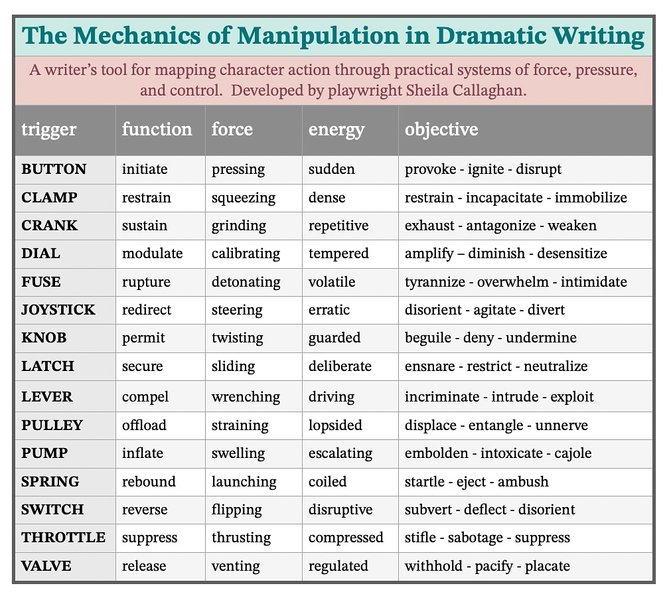
Because I am truly an elite procrastinator, I made a tool to help you write dramatic action. Actually I made it for myself because I couldn't figure out what was wrong with my scene. Also I like tools. Also I like when playwrights make TV. But I don't like when we forget how to keep our characters active. So I visualized a little machine with... See more
sheilacallainstagram.com